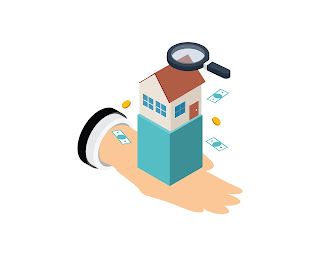NOI/Price = Cap Rate
$100,000/ $1,818,181 = 5.5%
Cap rates are influenced by supply and demand and the cost of debt in the market.
Cap rates are one of the primary determinants of pricing for investment property. A direct correlation exists between market cap rates and currently available interest rates for debt on an investment property. When interest rates are lower than cap rates, the market is in a positive leverage scenario, where the more one borrows, the higher the return on investment. Conversely, when interest rates are greater than cap rates, the market is in a negative leverage scenario, where borrowing against a property results in a lower rate of return on the investment.
Real estate offers several advantages over other investment types, such as leverage and tax advantages. Many of the benefits of owning real estate come from using leverage; hence most real estate investors want to leverage as much as possible. Like any other investment type, investment real estate pricing is driven by supply and demand. Buyers of investment real estate typically have a certain threshold of investment return they are willing to accept, depending on the asset and the current market.
As interest rates decline, investors are willing to accept a lower rate of return on their cash, as other investment vehicles offer lower returns. Two market forces are working to drive an increase in real estate prices in this scenario: cap rates are decreasing with interest rates, and investors are willing to accept a lower rate of return on their money.
Conversely, in a rising interest-rate environment, cap rates
increase as the cost of debt increases. This increase in cap rates reduces the
price an investor is willing to pay for an asset. The market also plays an
essential role in cap and interest rates. The higher market demand is in a
particular market; the lower cap rates tend to be. Lower cap rates positively
affect prices, while in a weaker market with lower demand, cap rates rise, and
values decrease.


No comments:
Post a Comment
Thanks for your comment! It has been sent to the moderator for review.